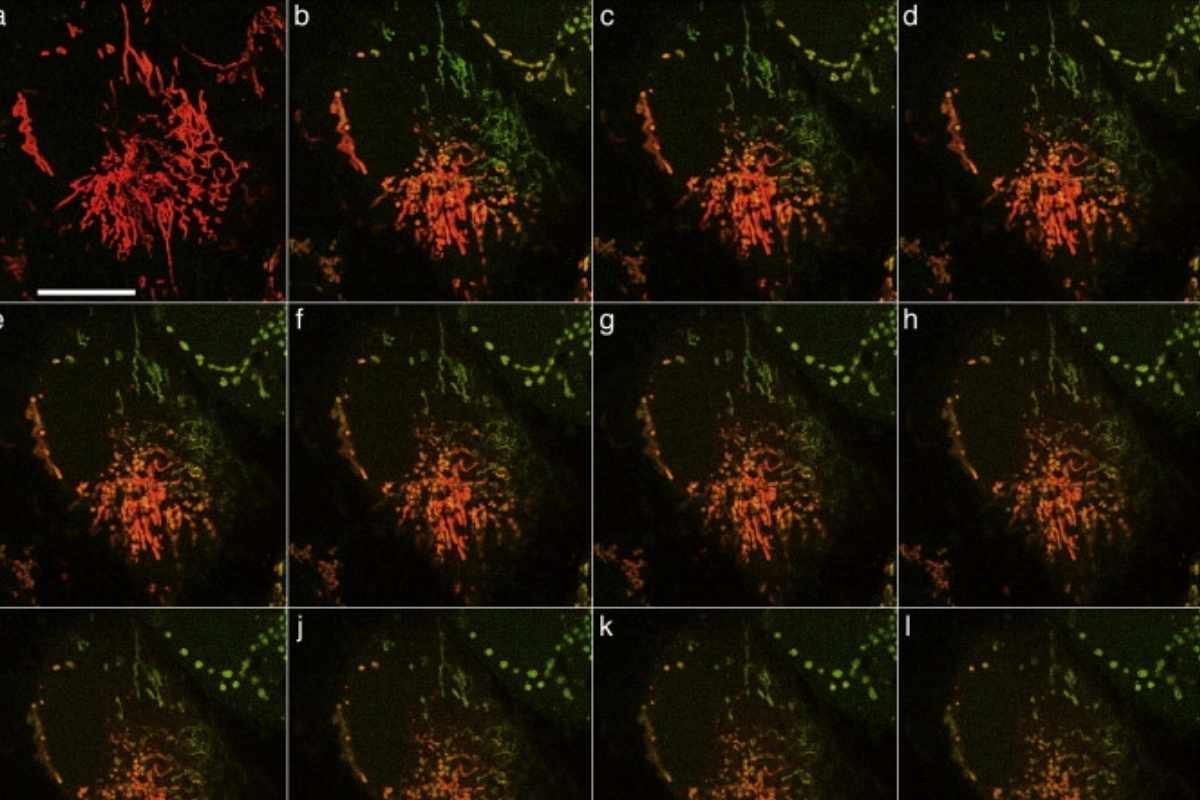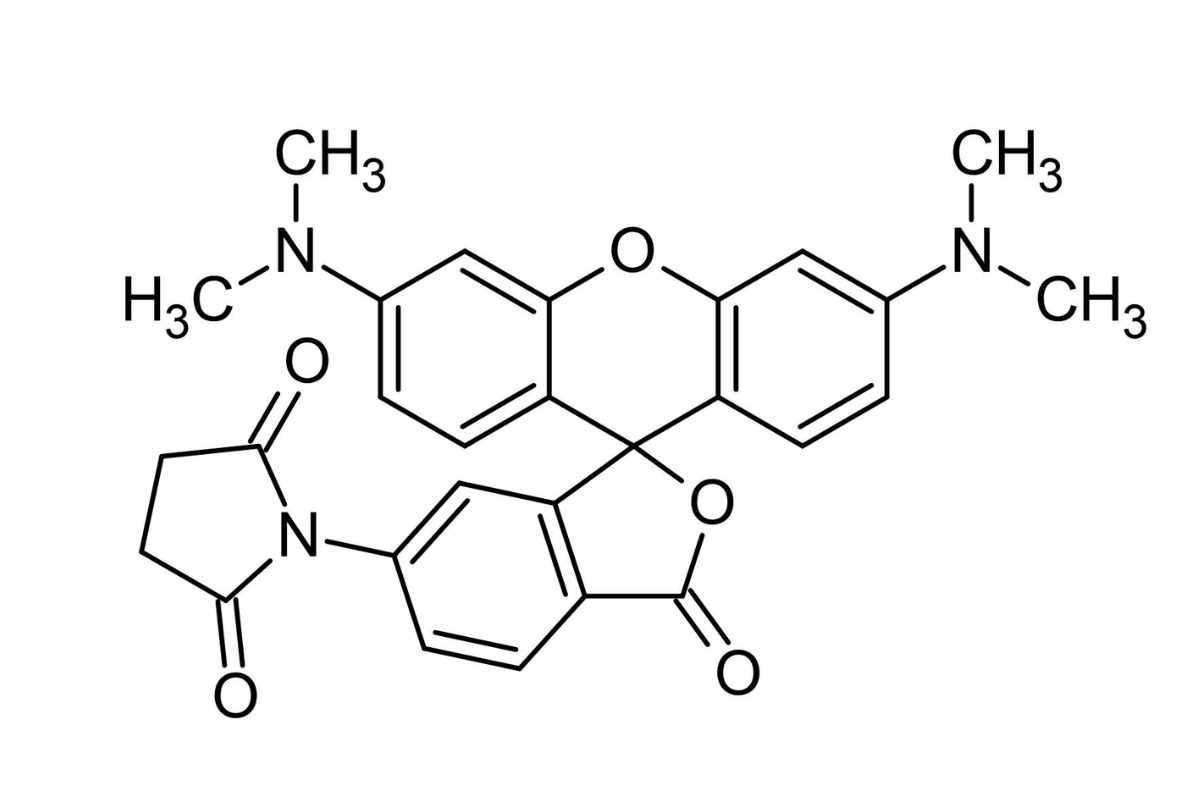Mitochondria, also known as the powerhouse of the cells. It is a small organelle found within the cells that helps to produce the cell’s chemical energy, which is stored as adenosine triphosphate. But have you ever wondered how it does it work? These cells can be microscopic, which makes it next to impossible to see them in the first place. However, with advanced technology and the rise of the research field, it has become possible to see it as an image.
But with the help of new and advanced technological experiments done by researchers, it has also become possible to see how this small cell, which is the powerhouse of our body, can function and work. This is an extraordinary substance that is used by researchers to determine and check the real-time action of mitochondria, and the substance is called Tetramethylrhodamine methyl ester. It is a type of fluorescent dye that helps us with the insight of mitochondria.
In this article, we will delve more into the world of Tetramethylrhodamine methyl ester. To understand how it works and where the researchers apply this in the field of biological research.
What is Tetramethylrhodamine Methyl Ester?
Tetramethylrhodamine methyl ester, which is also known as TMRM, is an important fluorescent dye that is used to scientifically determine and study how mitochondria function. This has become an essential tool for researchers as it has some unique properties and an extraordinary ability to give precise insights into the inner workings of mitochondria. The Tetramethylrhodamine methyl ester is a cationic, lipophilic dye that is highly permeable to the cell membranes. This permeability enables it to accumulate selectively in mitochondria based on the membrane potential. The dye fluoresces brightly, allowing researchers to monitor and measure mitochondrial health and activity in real time.
How do they work?

The mechanism of Tetramethylrhodamine methyl ester works in a way where it revolves around the mitochondrial membrane potential (ΔΨm). As the mitochondria maintain a high membrane potential, that results in creating an electrochemical gradient. TMRM is a dye that is positively charged, it then accumulates within the mitochondria in proportion to the membrane potential.
The TMRM emits strong fluorescent signals when the mitochondria membrane potential is intact. This also helps in identifying any dysfunction or damage in the mitochondria as the membrane potential collapses, the dye disperses, and the signal reduces as an outcome. These changes in fluorescence, which occur rapidly, give the researchers more insight into qualifying mitochondrial health accurately.
Application of Tetramethylrhodamine methyl ester:
TMRM is used and has been applied in various fields such as biomedical and research. We have mentioned a few essential applications of TMRM below:

1. Studying Mitochondrial Membrane Potential:
The tetramethylrhodamine methyl ester is commonly used for understanding and monitoring mitochondrial membrane potential. It is used often for experiments to know about the mitochondrial functioning in live cells and tissues. It is implemented to investigate the effects of drugs, toxins, or genetic mutations on mitochondria.
2. Neurodegenerative Disease Research:
So, the dysfunction in mitochondria is the root cause of many neurodegenerative diseases such as Alzheimer’s, Parkinson’s, and Huntington’s diseases. However, by using Tetramethylrhodamine methyl ester, the researcher can study these conditions by understanding the changes in mitochondrial membrane potential. They can even gain more insight into what role mitochondria play in causing these health conditions and possibly come up with various effective therapies.
3. Cancer Research:
Cancer cells display changes in mitochondrial activity, which contributes to their rapid proliferation. TMRM is used to understand the mitochondrial dynamics in cancer cells. It helps identify potential drug targets and helps with developing anti-cancer treatments.
4. Cell Death Studies:

Mitochondria plays a vital role in apoptosis, or the programming of cell death. Tetramethylrhodamine methyl Ester is important in apoptosis studies, as it allows researchers to detect early signs of mitochondrial membrane potential loss, a precursor to cell death.
Future Scope of TMRM:
The utility of Tetramethylrhodamine Methyl Ester continues to expand as researchers are developing new methods and technology. Progress in fluorescence microscopy and imaging techniques will further enhance the precision and scope of TMRM-based studies.
Moreover, the development of new derivatives and analogs of Tetramethylrhodamine Methyl Ester may address some of its current limitations, such as photo-bleaching and toxicity, making it even more versatile.
As interest in mitochondrial research grows, TMRM will likely remain an essential tool in this field. Its role in uncovering the mysteries of cellular bioenergetics and mitochondrial dysfunction holds great promising results for improving our understanding of health and disease in the near future.
Conclusion:
Tetramethylrhodamine methyl ester has become a powerful weapon in the field of modern biological research. It holds the ability to understand and monitor the mitochondria membrane potential and the functioning of mitochondria in real time, which has revolutionized the way we look at mitochondrial dynamics and their role in health and disease. From studying neurodegenerative diseases to investigating cancer biology, TMRM has proven itself as a vital tool. It works as a powerful modern scientific tool to unlock the secrets of cellular processes, paving the way for groundbreaking discoveries in biology and medicine.
FAQ:
1. What does TMRM do?
TMRM (tetramethylrhodamine methyl ester) is an extrinsic fluorophore used as a probe to determine changes in mitochondrial membrane potential. TMRM is a lipophilic cation that is accumulated in the mitochondrial matrix in proportion to Δψmt.
2. What does Tetramethylrhodamine ethyl ester measure?
2-NBDG has also been used in conjunction with tetramethylrhodamine ethyl ester (TMRE), which measures mitochondrial membrane potential.
3. What is Tetramethylrhodamine methyl ester membrane potential?
Tetramethylrhodamine, methyl ester (TMRM) is a cell-permeant dye that accumulates in active mitochondria with intact membrane potentials. If the cells are healthy and have functioning mitochondria, the signal is bright.







